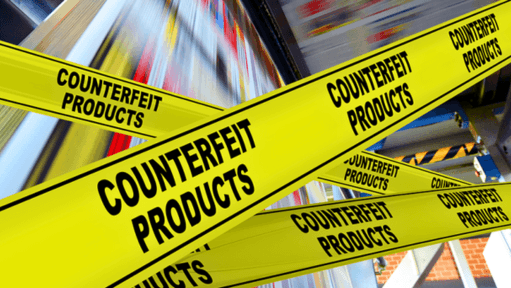
10 Key Strategies for UAE Brands to Combat Counterfeiting and Protect IP
Proactive Steps to Safeguard Against Counterfeit Goods, Grey Market Threats, and Brand Abuse in the UAE’s Luxury Market
As brand recognition grows, so does the risk of counterfeit threats—especially in the UAE’s flourishing luxury market, which includes premium fashion, cosmetics, electronics, and automotive products. Beyond counterfeit goods, high-end brands often face challenges from unauthorized sales channels, or “grey goods,” and misleading websites. Here are 10 essential tips for UAE brands to safeguard their assets and maintain consumer trust.
- Assess Potential Impact
Counterfeiting and brand abuse can lead to financial and reputational damage. Assess the potential losses, the effect on brand image, and possible safety concerns that may impact public perception. Conducting an impact study is essential to understand the scale of the threat and align strategies to the unique factors in your sector and market.
- Consider Geographic Risks
Understand where counterfeits of your brand are likely to be produced and sold. Pinpoint where you want to prevent such activity and tailor protection efforts to those specific regions, especially areas where counterfeits and unauthorized sales are most active.
- Identify Potential Vulnerabilities
Evaluate possible sources of leaks within your production and supply chains. Focus on areas prone to unauthorized exports or imports, as these can lead to the distribution of grey goods and pose reputational risks.
- Conduct a Protection Audit
Review your intellectual property (IP) rights, including trademarks, patents, and design copyrights. Ensure coverage extends across all relevant markets, production sites, and key transit points to safeguard your brand at every stage of distribution.
- Future-Proof Brand Assets
Establish IP protections for upcoming products well before launch. The UAE offers a five-year grace period for trademark registration, allowing time to secure IP rights for items in development, minimizing risks of brand imitation upon release.
- Focus on Preventative Contracts
Preventive legal measures are critical. Use nondisclosure agreements and strong contractual controls with manufacturers, distributors, and partners. Additionally, consider embedding authenticity tags or holograms within products to simplify verification and detection at borders.
- Enable Border Control Assistance
Border seizures are a powerful tool to combat counterfeits. In the UAE, applying for customs assistance can safeguard IP rights by alerting officials to potentially infringing goods. Educate border personnel on your brand’s identifiers to help prevent counterfeit imports.
- Set Up Monitoring Systems
Proactively monitor your brand across online platforms, marketplaces, and social media. Use brand protection tools to track trademarks, domain registrations, and social media mentions, helping you identify and address threats early.
- Prioritize Enforcement
Enforcement can be costly, so it’s important to assess its value carefully. Focus on cases where the counterfeit poses serious financial, safety, or regulatory risks, ensuring that the investment in enforcement yields meaningful returns for the brand.
- Gather and Analyze Intelligence
Track the effectiveness of anti-counterfeit measures and refine strategies based on past outcomes. Consolidate data from each action, monitor return on investment, and adapt strategies based on what has worked best to enhance brand security.
For UAE businesses, these steps are crucial for protecting brand reputation and retaining consumer trust in a competitive market.